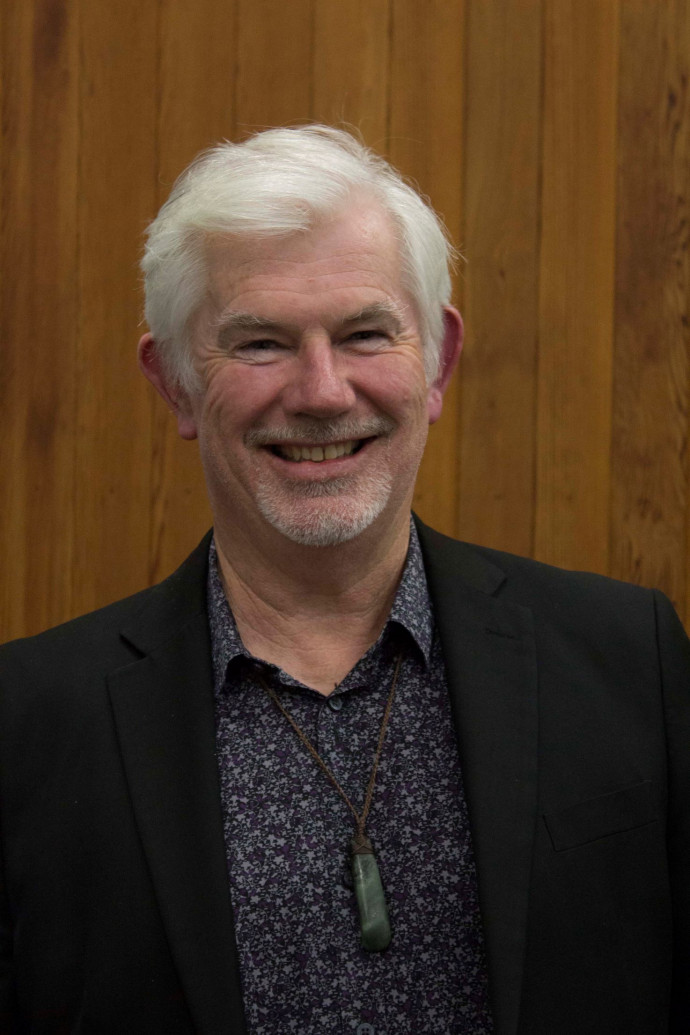The cultural and literary history of taboo

Dr Alex Calder from the University of Auckland will be tracing the history of the concept of taboo. The term entered the English language in the wake of Cook’s voyages and comes from a word found across the Pacific: tapu in Māori, tabu in Tahitian, kapu in Hawaiian
Published on 3 Whiringa-ā-rangi November 2021
Early Pākehā who first encountered tapu were puzzled by the range of its meanings. They knew to expect different customs, but what they came to call ‘taboo’ pointed to something more: a mentality, or as we now say, a culture. Almost everyone who wrote about the Pacific in the first half of the 19th century had something to say about taboo. They expressed what was, at best, an incomplete knowledge of the indigenous cultures they wrote about, but the information they gathered would go on to generate new forms of knowledge about social behaviour and beliefs.
Taboo was a puzzle because it seemed to mean sacred, yet it also applied to things and situations that, to a Western mind, were far from sacred—that involved aspects of dangerous contagion or uncleanness. Scholars soon identified similar patterns in the world from which the Hebrew Bible emerged. Speculations about taboo by scientists and philosophers encouraged people in the West to know themselves and their own cultures more deeply by showing how taboo was part of their own lives. Taboo prompted major work in anthropology, religion, and psychology – and would eventually help dismantle notions of ‘primitive thinking’. It inspired literature too, including Coleridge’s Ancient Mariner, Melville’s Moby-Dick, and even vampire folklore.
This Marsden Fund Standard project will be the first to interweave the history of taboo with its wider cultural, scholarly and literary contexts. It will also fund doctoral research into the history of tapu from a Māori perspective. For centuries we have traced the impact of Europe on Polynesia. This project looks more closely at currents running the other way.
